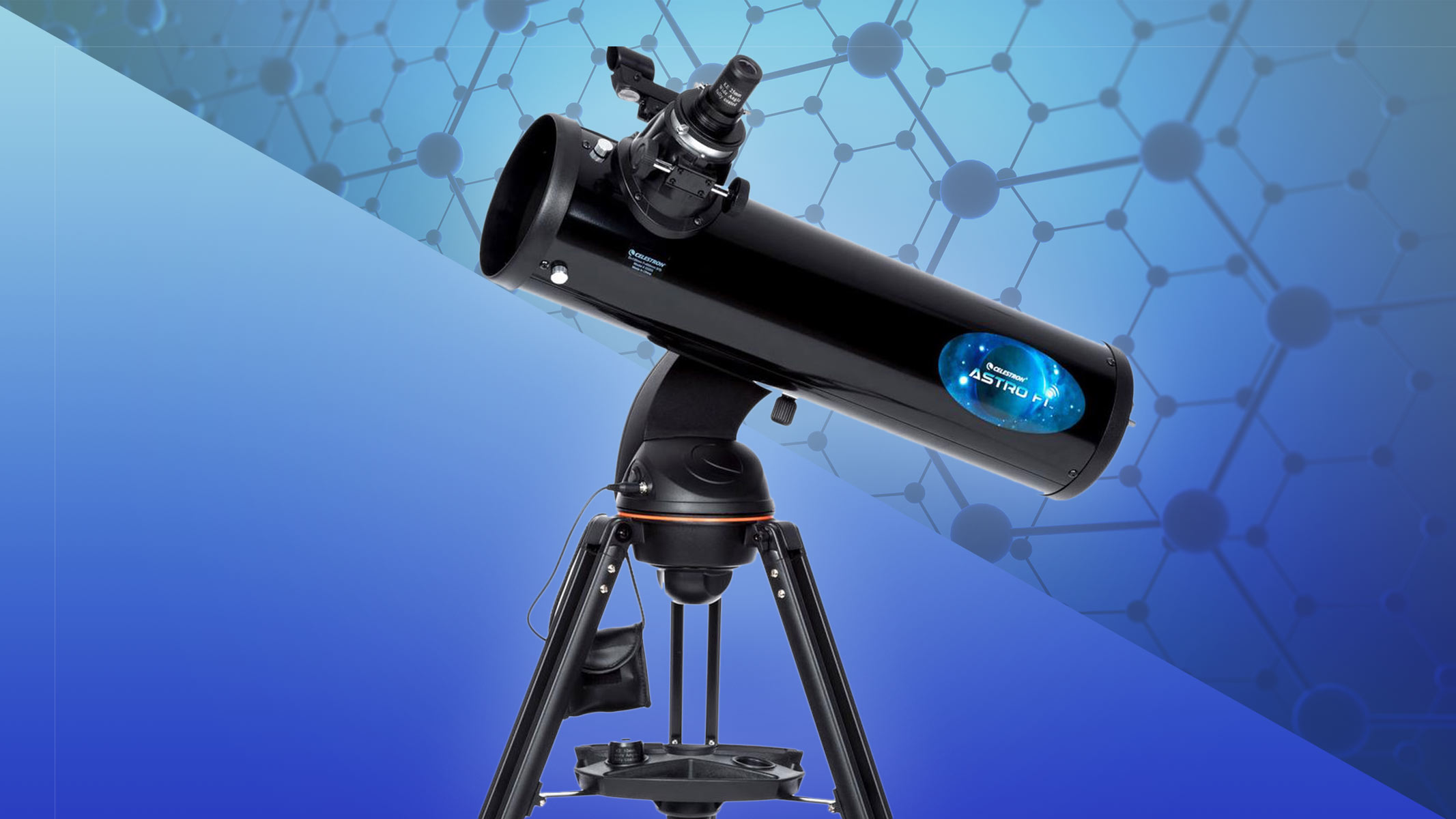Insects, Vol. 15, Pages 316: Evaluation of Cotton Fleahopper (Pseudatomoscelis seriatus (Reuter)) Feeding on Mpp51Aa2-Traited Cotton Utilizing Electrical Penetration Graph (EPG) Waveforms
Insects doi: 10.3390/insects15050316
Authors: Brady P. Arthur Charles P.-C. Suh Benjamin M. McKnight Megha N. Parajulee Fei Yang Thomas M. Chappell David L. Kerns
Prior to the recent implementation of the Mpp51Aa2 pesticidal protein (ThryvOn), transgenic cotton cultivars have historically offered no control of the cotton fleahopper (Pseudatomocelis seriatus (Reuter)). To evaluate the feeding behavior of cotton fleahoppers on ThryvOn cotton, electropenetrography (EPG) using a Giga-8 DC instrument was used to monitor the probing activity of fourth- and fifth-instar cotton fleahopper nymphs on both ThryvOn and non-ThryvOn cotton squares. Nymphs were individually placed on an excised cotton square for 8 h of EPG recording, after which resulting waveforms were classified as non-probing, cell rupturing, or ingestion. Although there were significantly more cell rupturing events per insect on ThryvOn (mean ± SEM, 14.8 ± 1.7) than on non-ThryvOn squares (mean ± SEM, 10.3 ± 1.6), there was no difference attributable to ThryvOn in the average number of ingestion events per insect. However, the average duration of ingestion events was significantly shorter on squares with ThryvOn (mean ± SEM, 509 ± 148 s) than on squares without (mean ± SEM, 914 ± 135 s). This suggests that cotton fleahoppers continued to probe despite their inability to sustain ingestion. These results provide conclusive evidence that the Mpp51Aa2 pesticidal protein affects the feeding behavior of cotton fleahopper nymphs.

 3 weeks ago
26
3 weeks ago
26


